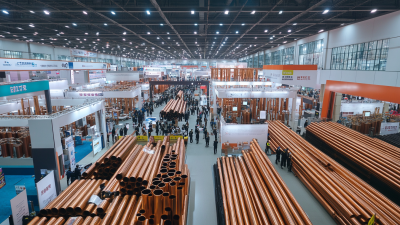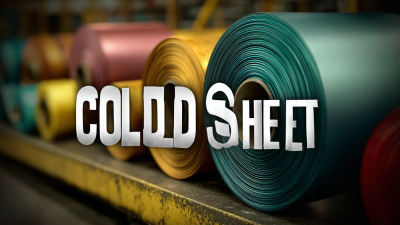In the realm of plumbing and construction, the choice of materials can significantly impact both efficiency and longevity. Among these materials, copper pipes have long been favored for their durability, corrosion resistance, and overall performance. According to the latest report by the Copper Development Association, approximately 60% of plumbing systems in residential applications utilize copper pipes, reflecting the industry's confidence in this versatile material. As experts in the field, we must navigate the myriad options available, from varying thicknesses to different forms, in order to make informed decisions that meet both current and future needs.
Renowned industry expert Dr. Lisa Tran, a leading figure in plumbing materials research, emphasizes the importance of understanding one's specific requirements when selecting copper pipes. She states, "Choosing the right copper pipe is not just about durability; it's about knowing how each type aligns with the project's unique demands." This insight underscores the necessity of thorough evaluation and informed selection to optimize both performance and cost-effectiveness. This guide aims to equip readers with essential knowledge, based on firsthand insights from industry professionals and market analysis, to ensure they choose the right copper pipes for their specific applications.
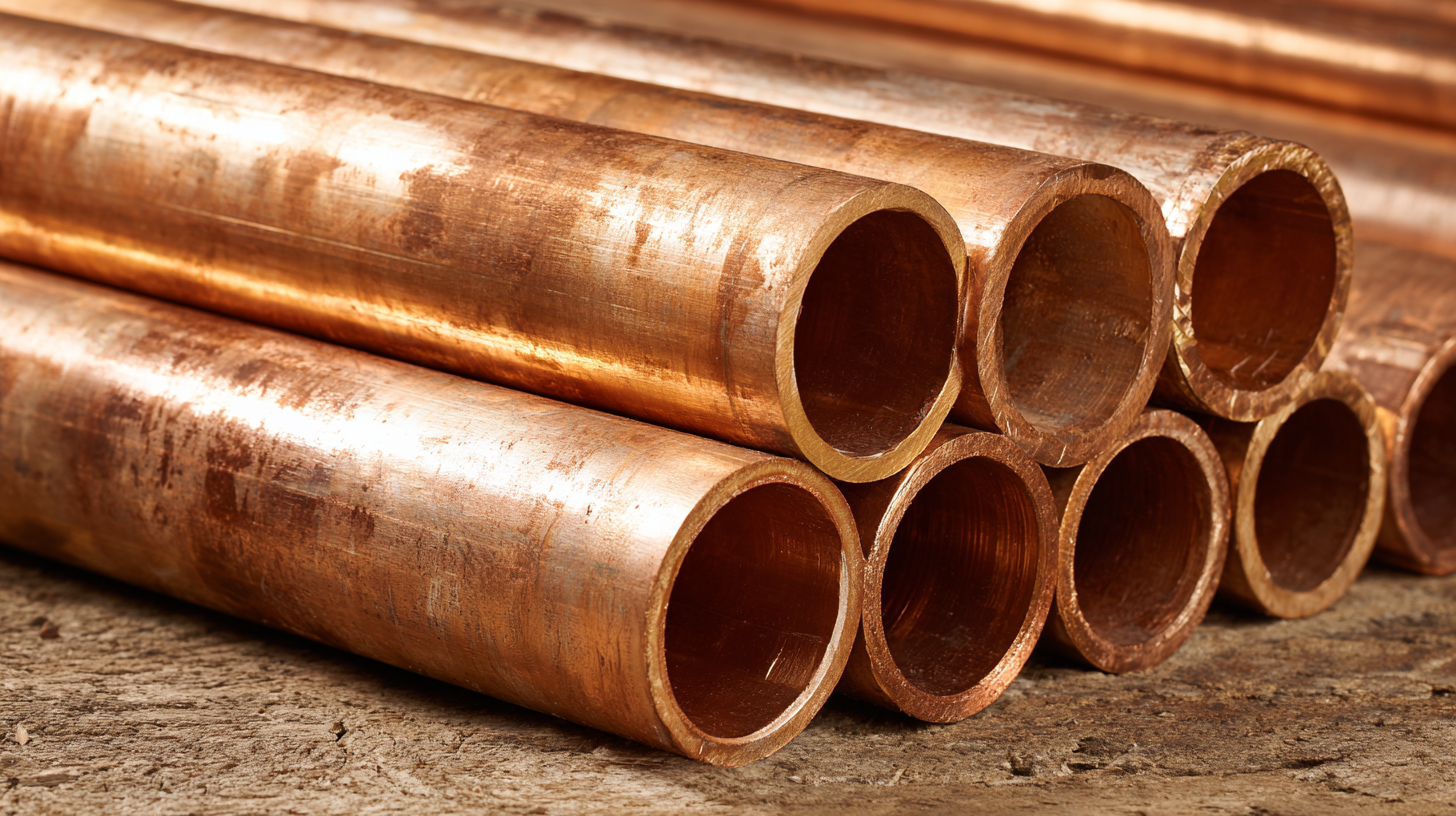
When it comes to choosing the right copper pipes for various applications, understanding the different types available is crucial. Copper pipes are categorized mainly into three types: Type K, Type L, and Type M. Type K is the thickest and offers the highest pressure resistance, making it ideal for underground water service lines. Type L is versatile and suitable for a range of plumbing and HVAC applications, while Type M is the thinnest and cheapest option, often used for residential purposes.
It's also essential to consider the form of copper pipes, which includes straight tubes, coils, and capillary tubes. Straight tubes are commonly used in fixed installations, while coils allow for flexible routing in tight spaces. Capillary tubes are typically utilized in refrigeration systems due to their narrow diameter and ability to fit perfectly into compact spaces.
**Tips:** Always assess the specific application needs before selecting a type of copper pipe; for example, Type K is best for high-pressure systems. Additionally, consider the environmental conditions that the pipes will face, including potential exposure to corrosive materials. Lastly, ensure proper installation techniques are followed to minimize the risk of leaks and failures over time.
When evaluating the advantages of copper pipes over other materials, it's essential to consider both performance and sustainability. Recent studies highlight that copper's inherent resistance to corrosion offers significant longevity compared to alternatives like PVC or PE pipes. Specifically, research indicates that copper pipelines have a lifespan of over 50 years under typical conditions, whereas plastic pipes may require replacement much sooner due to degradation from environmental factors. Moreover, copper's antimicrobial properties contribute to cleaner water systems, making it a highly suitable choice for drinking water applications.
Additionally, the growing demand for environmentally-friendly building materials, particularly in markets like China, places copper in a favorable light. The implementation of new green building standards emphasizes the use of copper tubing for water transport, leading to increased adoption in residential and commercial projects. This trend aligns with findings from a comprehensive life cycle assessment that shows the environmental benefits copper offers, including lower energy consumption during production and potential reduction of waste compared to traditional materials. These insights underscore the importance of choosing copper pipes not just for their physical characteristics, but also for their role in supporting sustainable infrastructure development.
| Material | Durability (Years) | Cost ($/ft) | Corrosion Resistance | Thermal Conductivity (W/m·K) | Environmental Impact |
|---|---|---|---|---|---|
| Copper | 50+ | 3.00 | Excellent | 385 | Recyclable |
| PVC | 30 | 0.50 | Good | 0.19 | Non-recyclable |
| PEX | 40 | 1.00 | Fair | 0.16 | Not easily recyclable |
| Galvanized Steel | 20-50 | 1.50 | Poor | 50 | Recyclable |
When selecting the right copper pipe size for your project, several key factors should be considered to ensure optimal performance and longevity. First, assess the specific requirements of your plumbing system or application. The diameter of the pipe will greatly influence water flow, pressure, and compatibility with fittings. For residential plumbing, a common choice is Type L copper pipe, which balances strength and flexibility, making it suitable for various installations.
Tips: Always factor in the expected pressure in your system. For high-pressure applications, a larger diameter may be necessary to prevent bottlenecks and ensure smooth flow. Additionally, consider future expansions; choosing a slightly larger size can save time and money in the long run.
Another crucial aspect is the pipe's thickness, measured in schedules such as 40 or 80. Thicker pipes are generally preferred in commercial settings due to their increased durability and resistance to corrosion. However, for standard residential applications, a thinner wall may suffice.
Tips: Don’t forget about local building codes and regulations. They may dictate specific requirements for pipe sizes based on the type of construction or intended use, so always check and comply to avoid costly adjustments later.
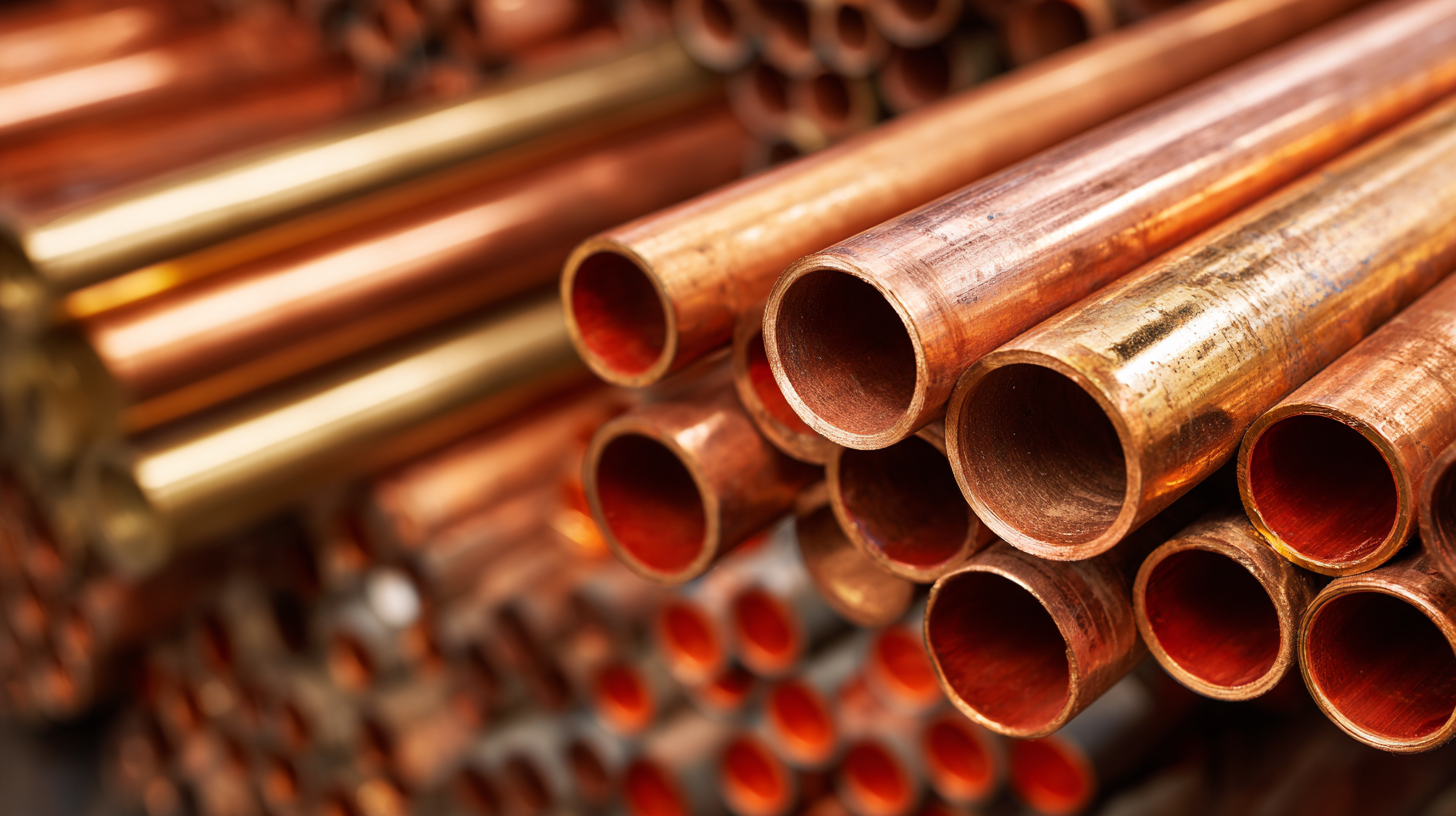
When selecting copper pipes for plumbing and heating systems, adherence to industry standards and regulations is critical. These guidelines, established by organizations such as the American National Standards Institute (ANSI) and the American Society for Testing and Materials (ASTM), ensure that materials meet necessary safety requirements and performance levels. For instance, copper pipes must often conform to ASTM B280, which specifies the quality and dimensions required for refrigeration tube applications. Understanding these standards helps consumers and professionals alike make informed decisions that comply with safety regulations.
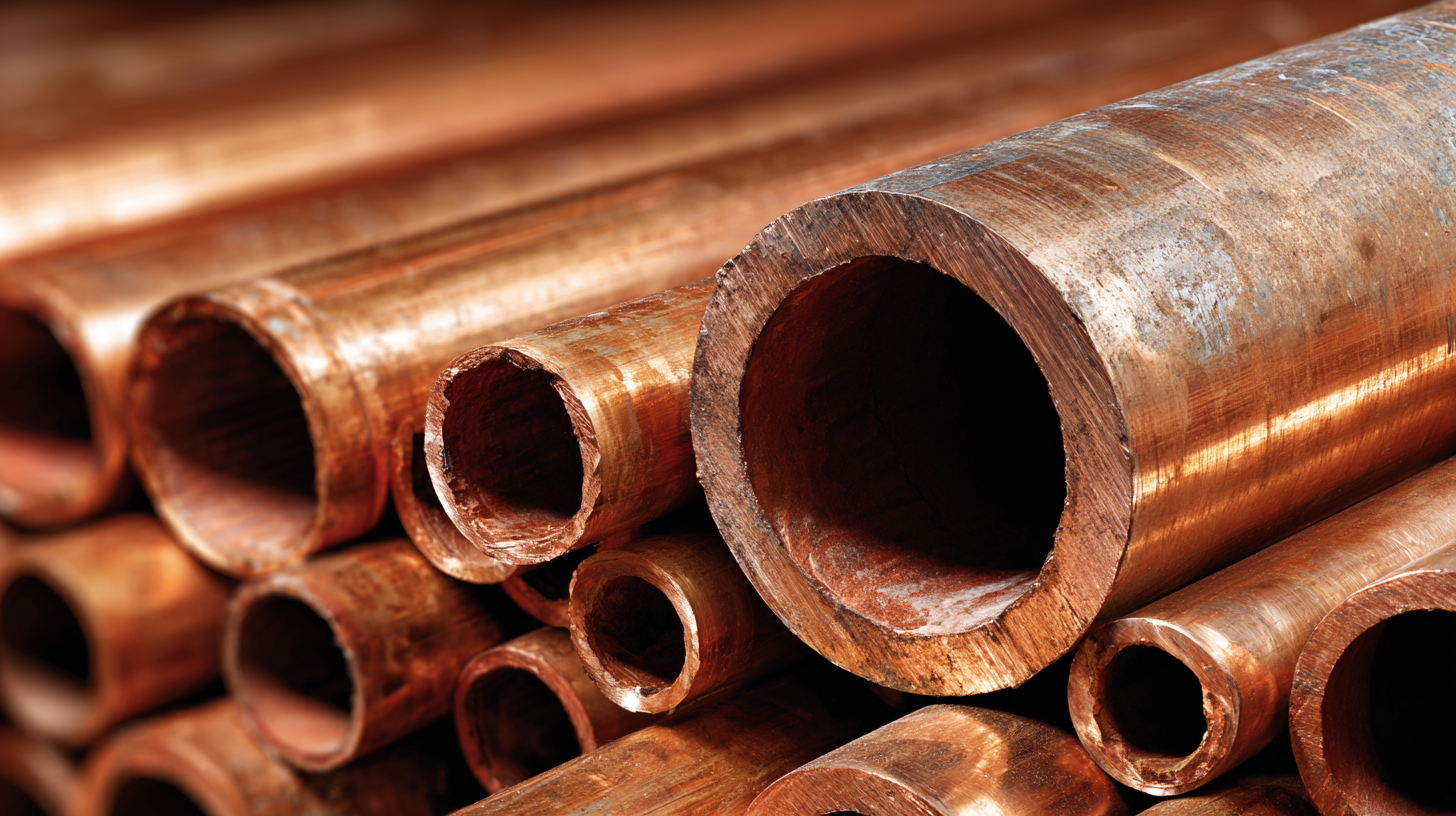
Moreover, local building codes play a significant role in copper pipe selection. These codes dictate specific requirements based on environment, usage, and exposure to various elements. For example, residential plumbing systems may have different regulations compared to commercial installations. Familiarizing oneself with these codes is essential in avoiding costly legal issues and ensuring the longevity and reliability of the installation. By prioritizing compliance with industry standards and local regulations, one can select the appropriate type of copper pipes that not only fit the project's needs but also adhere to required safety measures.
When it comes to maintaining copper plumbing systems, proper care can significantly enhance their longevity and performance. Regular inspections are essential; look for signs of wear, leaks, or corrosion. Ensuring that your plumbing is easily accessible will make these checks less cumbersome and help identify any potential issues before they escalate.
Another key tip is to control water quality. High levels of acidity or chlorine in water can lead to premature corrosion of copper pipes. Installing a water softener can help mitigate these effects and extend the life of your plumbing. Additionally, ensuring that your pipes are well-insulated against temperature changes will help prevent issues that can arise from freezing or thermal expansion.
Routine maintenance plays a crucial role as well. Flushing your system periodically to remove sediment buildup can improve flow efficiency. Moreover, using gentle cleaning agents instead of harsh chemicals will protect your pipes from damage. These small, consistent efforts can make a significant difference in ensuring your copper plumbing systems remain robust and efficient for years to come.
This bar chart illustrates the relationship between different sizes of copper pipes and their corresponding water flow rates in gallons per minute (GPM). As the size of the copper pipe increases, the water flow rate also increases, showcasing the importance of choosing the appropriate pipe size for optimal plumbing performance.

